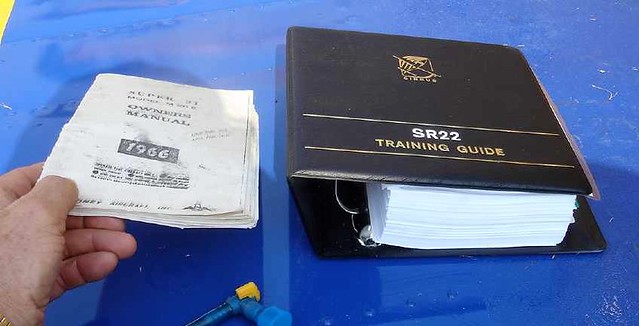Bill
Touchdown! Greaser!
- Joined
- Mar 2, 2005
- Messages
- 15,105
- Location
- Southeast Tennessee
- Display Name
Display name:
This page intentionally left blank
Let’s take that a step further… “Nobody” reads the owner’s manual for their car. Ford has figured that out, so they no longer provide an owner’s manual (based on a single data point—my FIL bought a new Lincoln that doesn’t have one.)
So how do you learn about your car? You watch YouTube.
I suppose I’m an oddity, I’ve read the manual cover to cover for every vehicle I’ve ever owened.




